Wolfgang Knorr Bronze Statue: Force Field
€ 1.980,00 Incl. tax
At first glance still a tangle, a tangle, heads bearing down, then clearly in focus, the inherent drive - rotor blades form a wheel. Limitation: 12 (numbered, signed) Dimensions: 21 x 18 x 6 cm )H/W/D) Weight: 2.2 kg
Product description
Around it, wildly arranging themselves, grasping space, urging forward, swinging, like oarsmen or windmill blades - the arms.
Intercepting and distributing the load, at the same time exerting rapid force, accelerating, detaching from the ground, compressing air, exerting thrust, using empty space - the legs.
What an energy field, energetic force field!
Edition in bronze, cast in the lost wax process, chased by hand and patinated.
Wolfgang Knorr (1945)
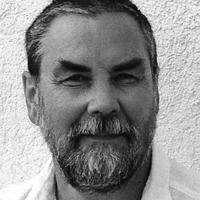

Wolfgang Knorr (1945)
Wolfgang Knorr studied anatomical drawing at the Dresden Academy of Arts (with Prof. Bammes) from 1964 to 1966, followed by studies at the Burg Giebichenstein University of Industrial Design in Halle/Saale in the departments of metal design and metal and wood sculpture. From 1971 he worked as a freelance sculptor in Dresden, Berlin and Potsdam and held a teaching position at the Fachschule für Werbung und Gestaltung in Potsdam. In 1985 he moved to Baden-Württemberg, where he took on a teaching position for artistic work techniques at the Freie Kunstschule Nürtingen in 1988.
Over the next few years, he created a series of large sculptures for public spaces, such as the Anton Fürstenau Monument for the city of Herne (1989), a Noah's Ark for the city of Bünde (1991), and further versions of this theme for Potsdam (1993) and Süssen (2008).
Knorr works primarily in bronze and wood and focuses on architecture-related large-scale sculpture. His sculptures are mostly quite realistic, but at the same time characterized by satirical distortion and a humorous treatment of the given theme. This is also true of his "Euroesel," which in a first version was still called "Geldesel" and was created as a competition entry for a tax office. The sculpture is figuratively composed of symbols for the various types of tax - the wheel stands for car tax, the dog for dog tax, the ballet shoe for entertainment tax, and so on. The structure on the back of the animal, however, can be read quite ambiguously: As a sacral building (and thus as a symbol for the church tax) or also as the much-cited house of Europe, which makes life sour for him as a heavy burden.
Genres: Figurative
Styles: Classic Modern
Related Products
Maybe these items are also something for you:
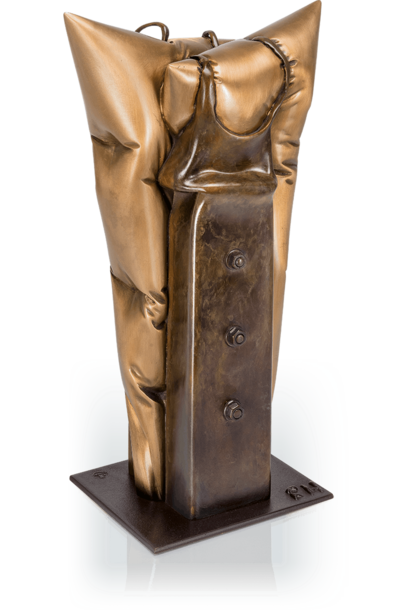 FavoritenAdd to cart
FavoritenAdd to cartFelix Haspel Corsage
€ 4.980,00 Incl. tax
 FavoritenAdd to cart
FavoritenAdd to cartWim Heesakkers Balance 28
€ 1.950,00 Incl. tax
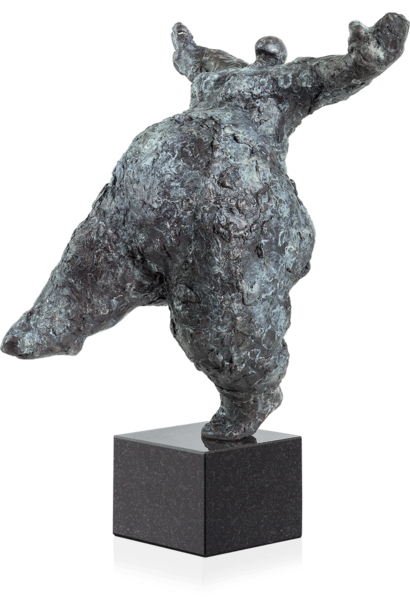 FavoritenAdd to cart
FavoritenAdd to cartWim Heesakkers Balance 29
€ 1.950,00 Incl. tax
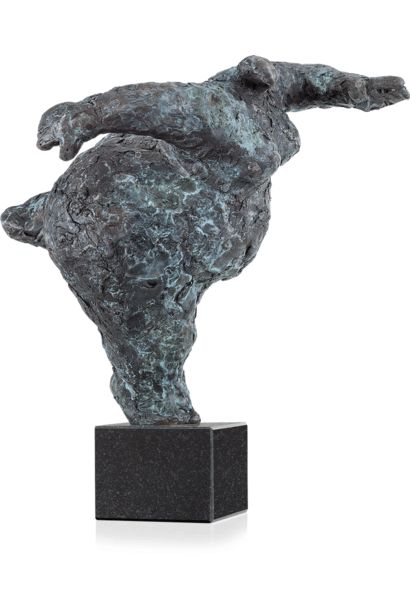 FavoritenAdd to cart
FavoritenAdd to cartWim Heesakkers Balance 30
€ 1.950,00 Incl. tax
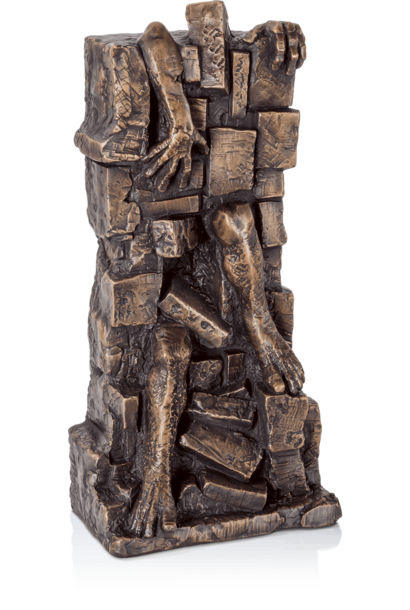 FavoritenAdd to cart
FavoritenAdd to cartIstvan Herold Imprisoned in walls
€ 5.460,00 Incl. tax
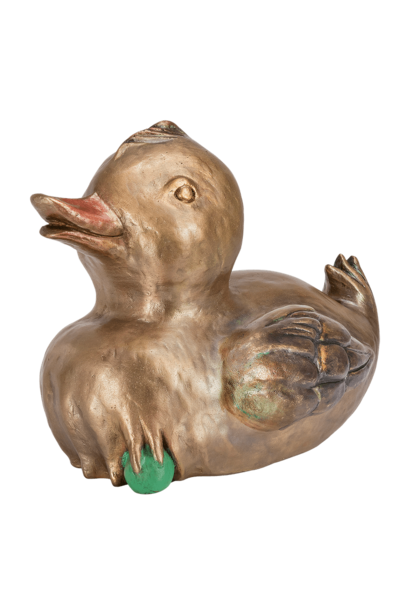 FavoritenAdd to cart
FavoritenAdd to cartIti Janz Princess on the pea
€ 1.650,00 Incl. tax
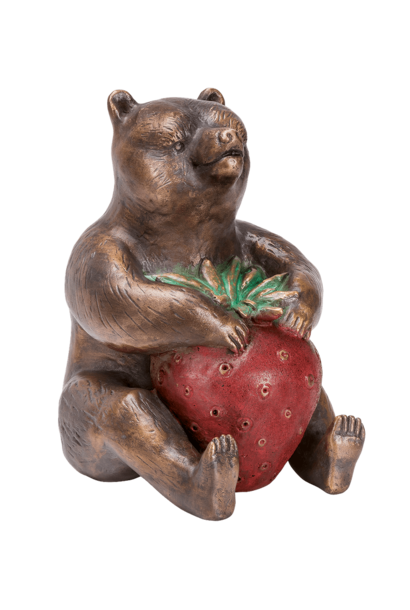 FavoritenAdd to cart
FavoritenAdd to cartIti Janz Princess on the pea - Copy
€ 2.150,00 Incl. tax
 FavoritenAdd to cart
FavoritenAdd to cartManfred Kielnhofer Edge stool (gold)
€ 48.000,00 Incl. tax
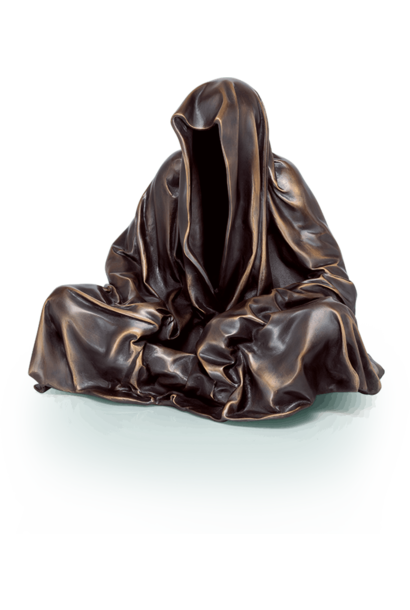 FavoritenAdd to cart
FavoritenAdd to cartManfred Kielnhofer Guardian of Time
€ 7.800,00 Incl. tax
 FavoritenAdd to cart
FavoritenAdd to cartAnna K. Kleeberg RISING
€ 32.870,00 Incl. tax
Recently viewed
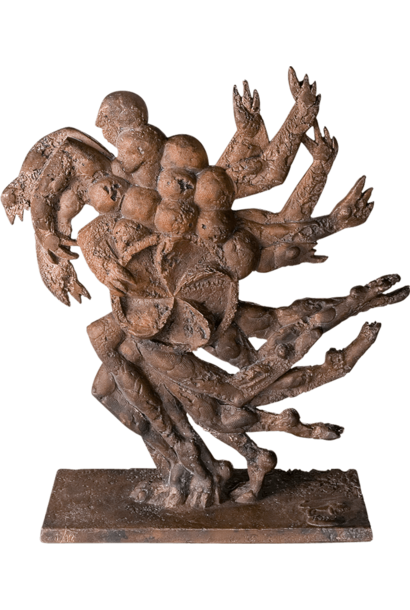 FavoritenAdd to cart
FavoritenAdd to cartWolfgang Knorr Force Field
€ 1.980,00 Incl. tax
